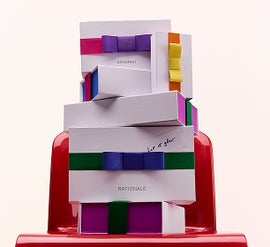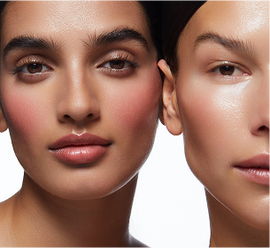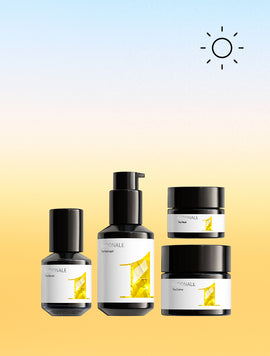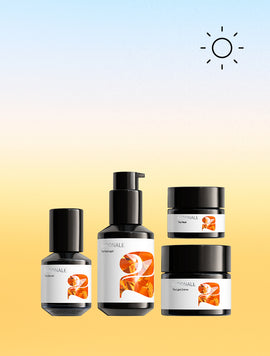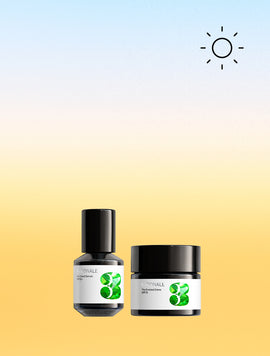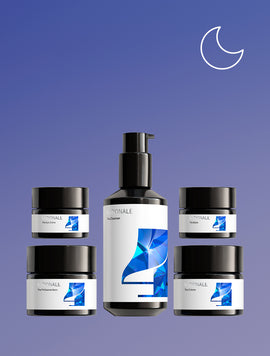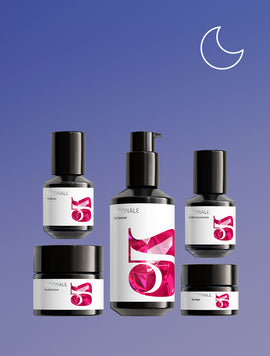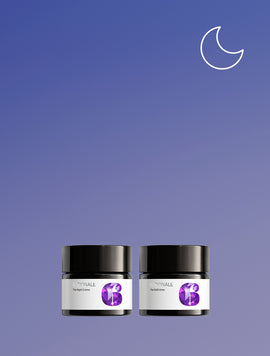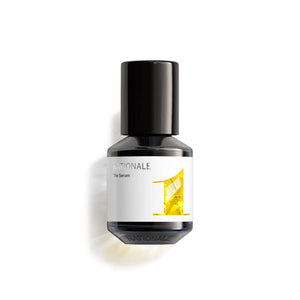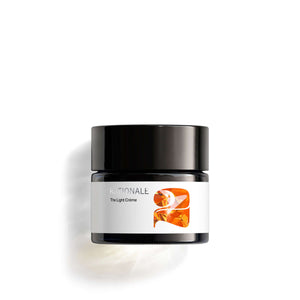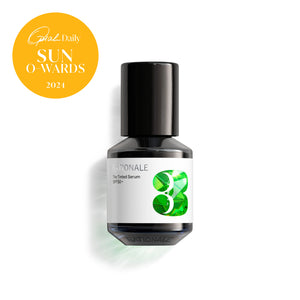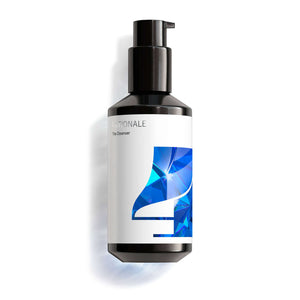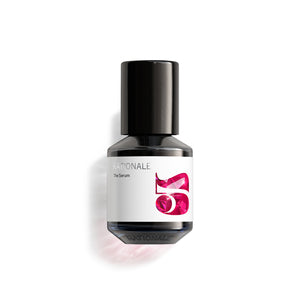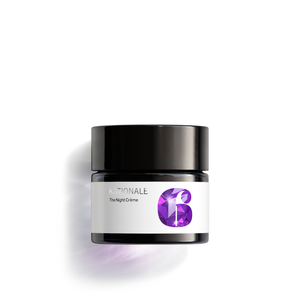Richard Parker talks skin-heritance, epigenetics and more.
Sometime in their twenties, most women will look at their mother and think, ‘that will be me.’ At least in terms of skin health and appearance.
For more than 100 years, we’ve been aware of the role of genetics in skin ageing and, until recently, ‘what you were born with’ was considered the most important determinant of how you will age.
But the emerging science of epigenetics has changed all that. Instead of an irrefutable set of blueprints, our skin genes are more like a set of switches or levers we inherit from our parents. What we do in terms of health choices (diet, exercise, managing stress) and environmental exposure (mainly the sun) have come to the fore as the most important influences on how we will age.
In regard to gender and skin, girls are more influenced by their mother’s skin genes, boys by their father’s. So it’s natural for a young woman to look at her mother and assume that this will be her skin destiny. But not necessarily…
